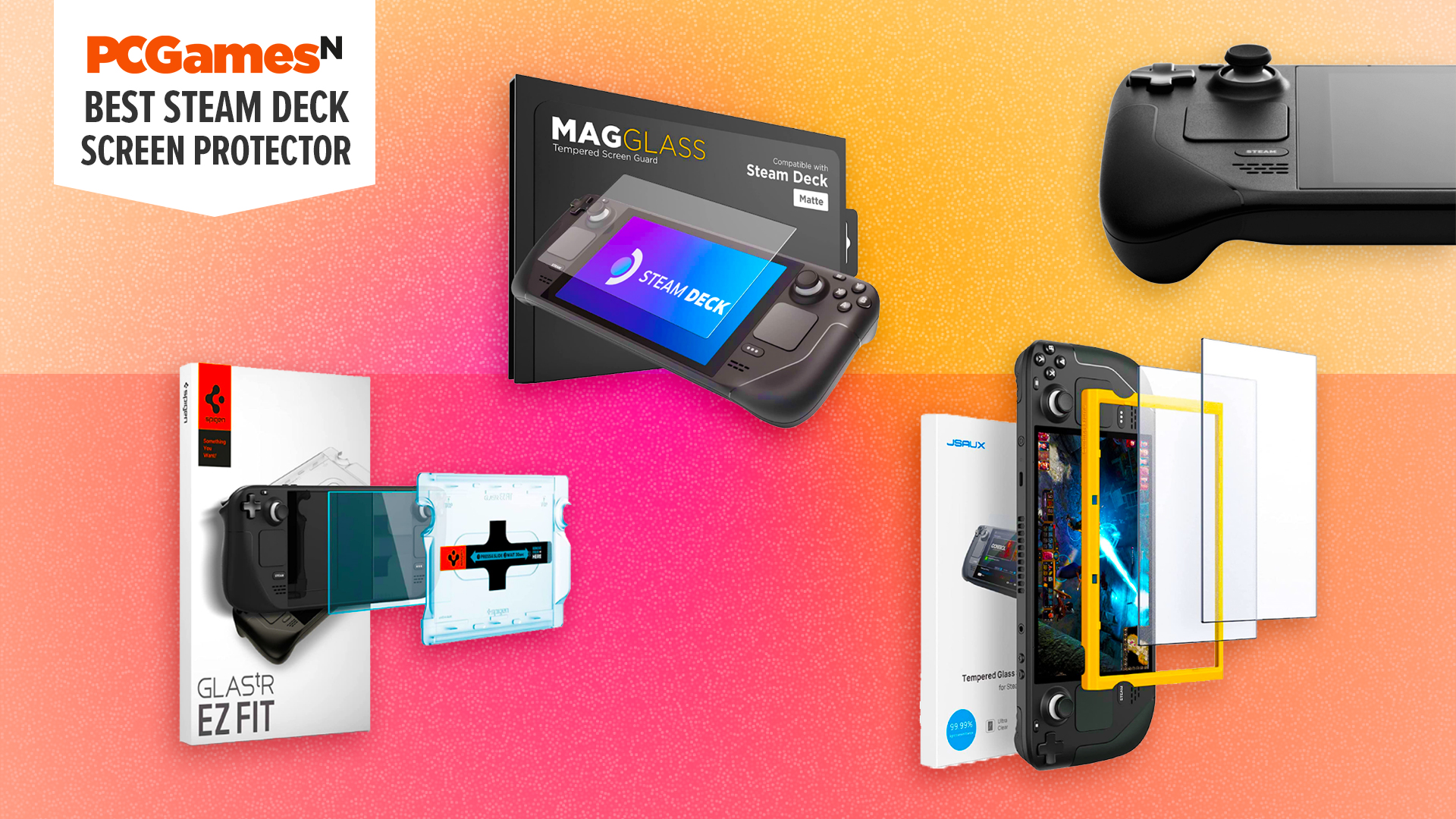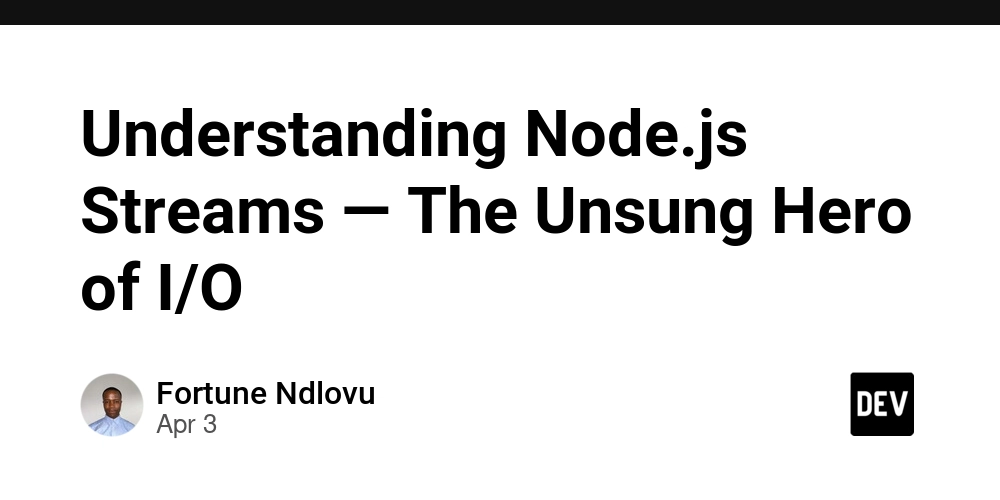9 Things You Need to Know About Video Live Streaming in 2025
Introduction Video live streaming has transformed the way we share content, communicate, and engage audiences in real time. From creators and educators to enterprises and gamers, everyone is using live streaming to reach people instantly across the globe. With platforms like YouTube Live, Twitch, Facebook Live, and LinkedIn Live, video live streaming is more accessible than ever. In this comprehensive guide, we'll explore everything you need to know about video live streaming in 2025 - from how it works and the equipment you need to common challenges and monetization methods. 1. What is Video Live Streaming? Video live streaming is the process of broadcasting video and audio content in real time over the internet. Unlike pre-recorded videos, live streams are delivered as they happen, allowing real-time interaction between the broadcaster and the audience. Whether it's a corporate webinar, a church service, or a gaming session, video live streaming enables authentic, unfiltered experiences that boost viewer engagement. 2. How Video Live Streaming Works The basic workflow of a video live stream includes the following components: Camera/Microphone: Captures audio and video. Encoder: Converts raw video into a digital format. Streaming Platform (CDN): Distributes the stream to viewers. Internet Connection: A stable upload speed ensures smooth streaming. The content is encoded and sent to a server, which then distributes it to users watching on various devices in real time. 3. Essential Equipment for Live Streaming You don't need a Hollywood setup to start live streaming, but having the right tools ensures a professional result. Here's a basic setup: Camera: DSLRs, webcams, or even smartphones. Microphone: Lavalier or condenser microphones for clear audio. Lighting: Softbox or ring lights for better visuals. Encoder: Hardware (like ATEM Mini) or software (OBS Studio, vMix). Streaming Software: Allows customization, scene switching, overlays, etc. Stable Internet: At least 5 Mbps upload speed for 1080p streams. 4. Best Platforms for Video Live Streaming Several platforms cater to different needs. Choosing the right one depends on your goals. Muvi Live: Great for content creators and marketers. Facebook Live: Ideal for social engagement. Twitch: Popular among gamers and entertainment streams. Instagram Live: Best for mobile-first audiences. LinkedIn Live: Used for professional webinars and discussions. Custom RTMP with CDN: For private or large-scale enterprise streams. Many businesses also prefer using video live streaming solutions with white-label features and monetization tools. 5. Benefits of Video Live Streaming Here's why video live streaming is booming: Real-Time Engagement: Chat, polls, and Q&A increase interaction. Reach Larger Audiences: Broadcast globally with a single click. Cost-Effective: No need for physical venues or travel. Versatile Use Cases: Education, entertainment, marketing, events, etc. Monetization Options: Donations, subscriptions, pay-per-view, ads. By integrating video live streaming into your strategy, you can build stronger communities and better brand visibility. 6. Common Use Cases of Video Live Streaming Live streaming isn't limited to influencers. Here's how different sectors use it: Education: Live on line classes and tutorials. Healthcare: Live Q&A sessions with doctors. E-commerce: Live product demos and shopping events. Media & Entertainment: Concerts, sports, and gaming. Corporate: Town halls, announcements, training. Nonprofits & Religious: Sermons, fundraisers, and awareness drives. Each use case requires different levels of setup and privacy options, which is why choosing the right video live streaming platform is crucial. 7. Challenges in Live Streaming and How to Solve Them A reliable, scalable platform can solve many of these issues with built-in optimization tools. 8. How to Monetize Video Live Streams If you're streaming regularly, there are many ways to earn from your content: Ads: Platforms like YouTube offer ad revenue. Donations & Tips: Through platforms like Muvi Live, Twitch and Ko-fi. Subscriptions: Monthly membership content. Sponsorships: Partner with brands for paid mentions. Pay-Per-View: Charge viewers for access to premium live events. Merchandise Sales: Integrate with e-commerce stores during the stream. Using a professional video live streaming service gives you more control over monetization and analytics. 9. Tips for a Successful Live Stream Here are some pro tips to ensure your stream runs smoothly: Plan Ahead: Script key points and test equipment. Promote Early: Use social media and emails to build anticipation. Engage Your Audience: Read comments, run polls, and respond in real time. Record the Stream: Repurpose it for later use on YouTube or your website. Analyze Performance: Use analytics to track engagement and improve. Co

Introduction
Video live streaming has transformed the way we share content, communicate, and engage audiences in real time. From creators and educators to enterprises and gamers, everyone is using live streaming to reach people instantly across the globe. With platforms like YouTube Live, Twitch, Facebook Live, and LinkedIn Live, video live streaming is more accessible than ever.
In this comprehensive guide, we'll explore everything you need to know about video live streaming in 2025 - from how it works and the equipment you need to common challenges and monetization methods.
1. What is Video Live Streaming?
Video live streaming is the process of broadcasting video and audio content in real time over the internet. Unlike pre-recorded videos, live streams are delivered as they happen, allowing real-time interaction between the broadcaster and the audience.
Whether it's a corporate webinar, a church service, or a gaming session, video live streaming enables authentic, unfiltered experiences that boost viewer engagement.
2. How Video Live Streaming Works
The basic workflow of a video live stream includes the following components:
Camera/Microphone: Captures audio and video.
Encoder: Converts raw video into a digital format.
Streaming Platform (CDN): Distributes the stream to viewers.
Internet Connection: A stable upload speed ensures smooth streaming.
The content is encoded and sent to a server, which then distributes it to users watching on various devices in real time.
3. Essential Equipment for Live Streaming
You don't need a Hollywood setup to start live streaming, but having the right tools ensures a professional result. Here's a basic setup:
Camera: DSLRs, webcams, or even smartphones.
Microphone: Lavalier or condenser microphones for clear audio.
Lighting: Softbox or ring lights for better visuals.
Encoder: Hardware (like ATEM Mini) or software (OBS Studio, vMix).
Streaming Software: Allows customization, scene switching, overlays, etc.
Stable Internet: At least 5 Mbps upload speed for 1080p streams.
4. Best Platforms for Video Live Streaming
Several platforms cater to different needs. Choosing the right one depends on your goals.
Muvi Live: Great for content creators and marketers.
Facebook Live: Ideal for social engagement.
Twitch: Popular among gamers and entertainment streams.
Instagram Live: Best for mobile-first audiences.
LinkedIn Live: Used for professional webinars and discussions.
Custom RTMP with CDN: For private or large-scale enterprise streams.
Many businesses also prefer using video live streaming solutions with white-label features and monetization tools.
5. Benefits of Video Live Streaming
Here's why video live streaming is booming:
Real-Time Engagement: Chat, polls, and Q&A increase interaction.
Reach Larger Audiences: Broadcast globally with a single click.
Cost-Effective: No need for physical venues or travel.
Versatile Use Cases: Education, entertainment, marketing, events, etc.
Monetization Options: Donations, subscriptions, pay-per-view, ads.
By integrating video live streaming into your strategy, you can build stronger communities and better brand visibility.
6. Common Use Cases of Video Live Streaming
Live streaming isn't limited to influencers. Here's how different sectors use it:
Education: Live on line classes and tutorials.
Healthcare: Live Q&A sessions with doctors.
E-commerce: Live product demos and shopping events.
Media & Entertainment: Concerts, sports, and gaming.
Corporate: Town halls, announcements, training.
Nonprofits & Religious: Sermons, fundraisers, and awareness drives.
Each use case requires different levels of setup and privacy options, which is why choosing the right video live streaming platform is crucial.
7. Challenges in Live Streaming and How to Solve Them
A reliable, scalable platform can solve many of these issues with built-in optimization tools.
8. How to Monetize Video Live Streams
If you're streaming regularly, there are many ways to earn from your content:
Ads: Platforms like YouTube offer ad revenue.
Donations & Tips: Through platforms like Muvi Live, Twitch and Ko-fi.
Subscriptions: Monthly membership content.
Sponsorships: Partner with brands for paid mentions.
Pay-Per-View: Charge viewers for access to premium live events.
Merchandise Sales: Integrate with e-commerce stores during the stream.
Using a professional video live streaming service gives you more control over monetization and analytics.
9. Tips for a Successful Live Stream
Here are some pro tips to ensure your stream runs smoothly:
Plan Ahead: Script key points and test equipment.
Promote Early: Use social media and emails to build anticipation.
Engage Your Audience: Read comments, run polls, and respond in real time.
Record the Stream: Repurpose it for later use on YouTube or your website.
Analyze Performance: Use analytics to track engagement and improve.
Consistency and audience interaction are key to building a loyal viewer base.
Conclusion
Video live streaming is more than just a trend - it's a powerful communication tool that continues to evolve. Whether you're a creator, teacher, business owner, or hobbyist, understanding the ins and outs of video live streaming in 2025 will help you stand out and grow your audience.
Start small, scale smartly, and always keep your audience engaged.
**FAQs About Video Live Streaming
**Q1. What is the difference between live streaming and video on demand?
A: Live streaming happens in real time, while video on demand (VOD) is pre-recorded and can be watched at any time.
**Q2. What internet speed is best for video live streaming?
**A: A minimum of 5 Mbps upload speed is recommended for HD (1080p) video live streaming. For 4K, aim for at least 15 Mbps.
**Q3. Can I live stream using a mobile phone?
**A: Yes, many platforms offer mobile apps for streaming. You can also use third-party apps for more control and features.
*Q4. What is the best platform for video live streaming?
*A: It depends on your goals. YouTube is good for content creators, LinkedIn for professionals, and custom solutions for enterprises.
**Q5. How can I earn money from video live streaming?
**A: Monetization options include ads, subscriptions, pay-per-view, donations, and brand sponsorships.

_Igor_Mojzes_Alamy.jpg?#)
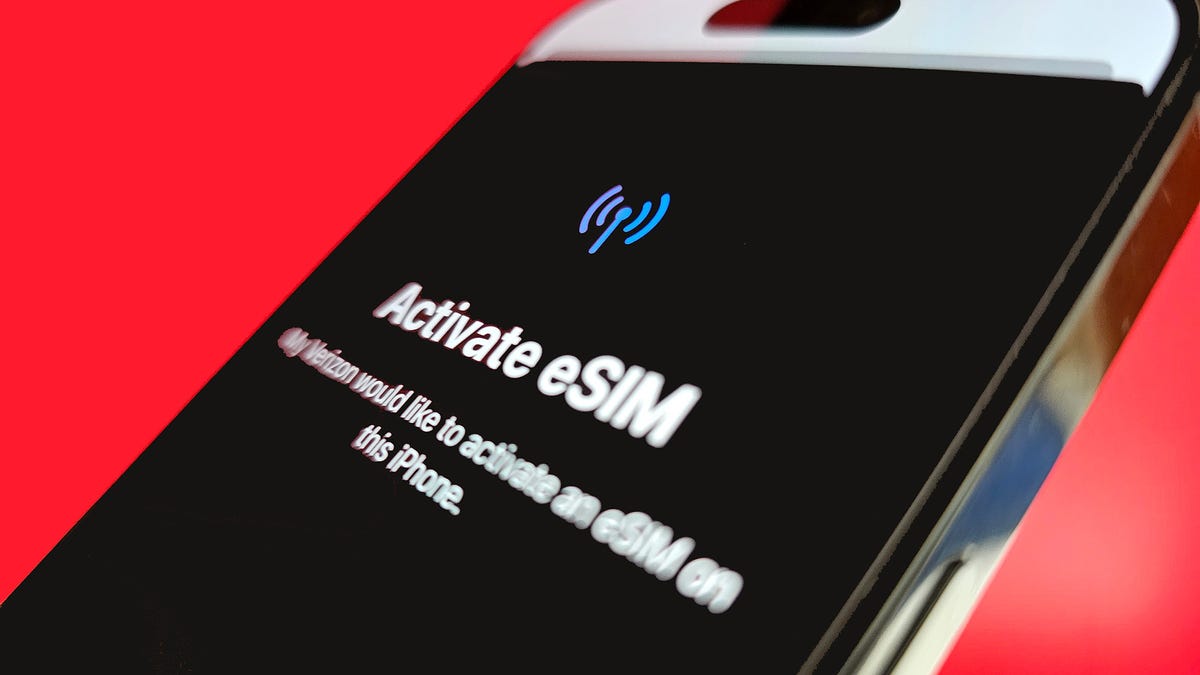































































![Apple Considers Delaying Smart Home Hub Until 2026 [Gurman]](https://www.iclarified.com/images/news/96946/96946/96946-640.jpg)
![Tariffs Threaten Apple's $999 iPhone Price Point in the U.S. [Gurman]](https://www.iclarified.com/images/news/96943/96943/96943-640.jpg)
![iPhone 17 Pro Won't Feature Two-Toned Back [Gurman]](https://www.iclarified.com/images/news/96944/96944/96944-640.jpg)




















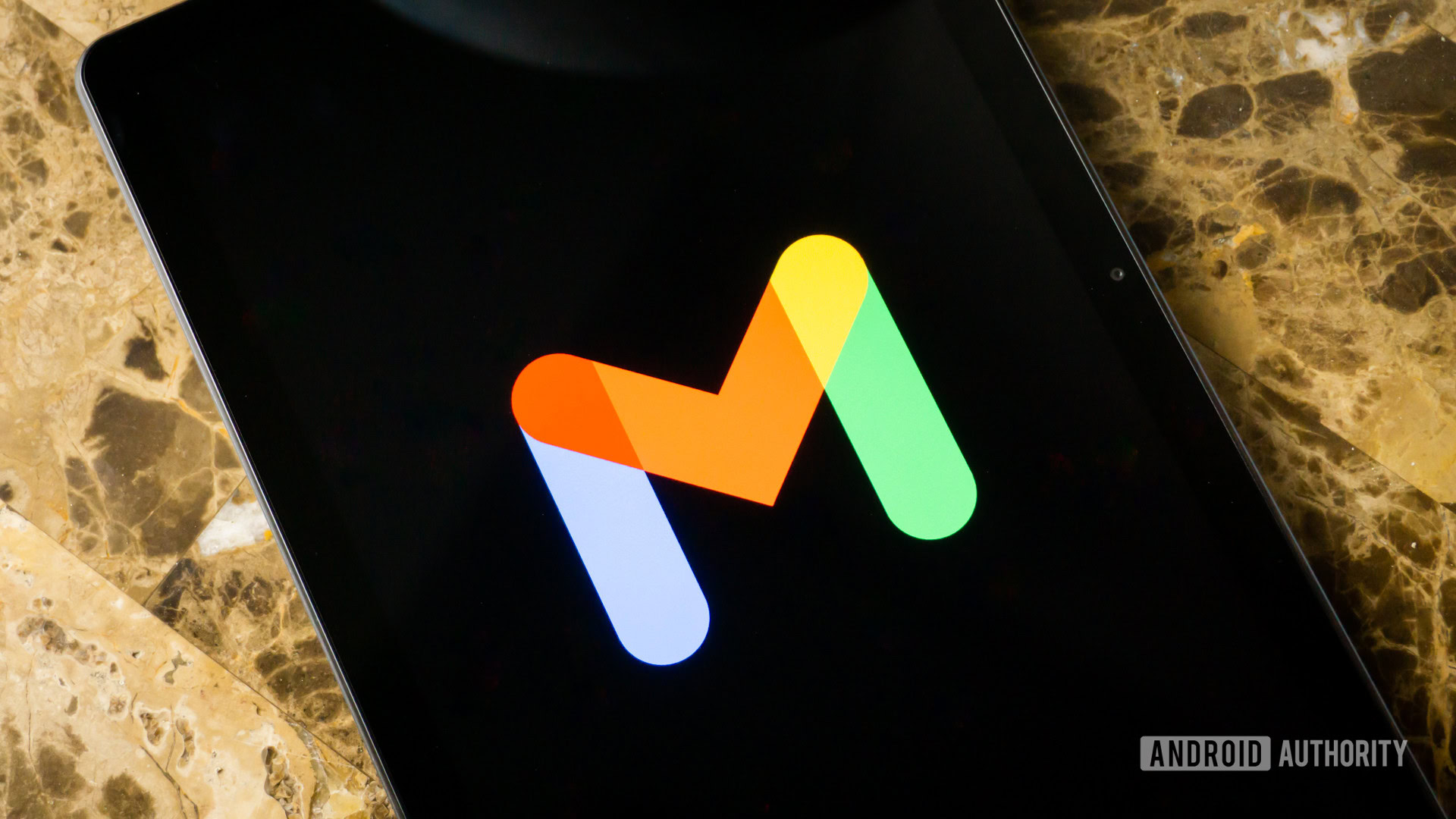
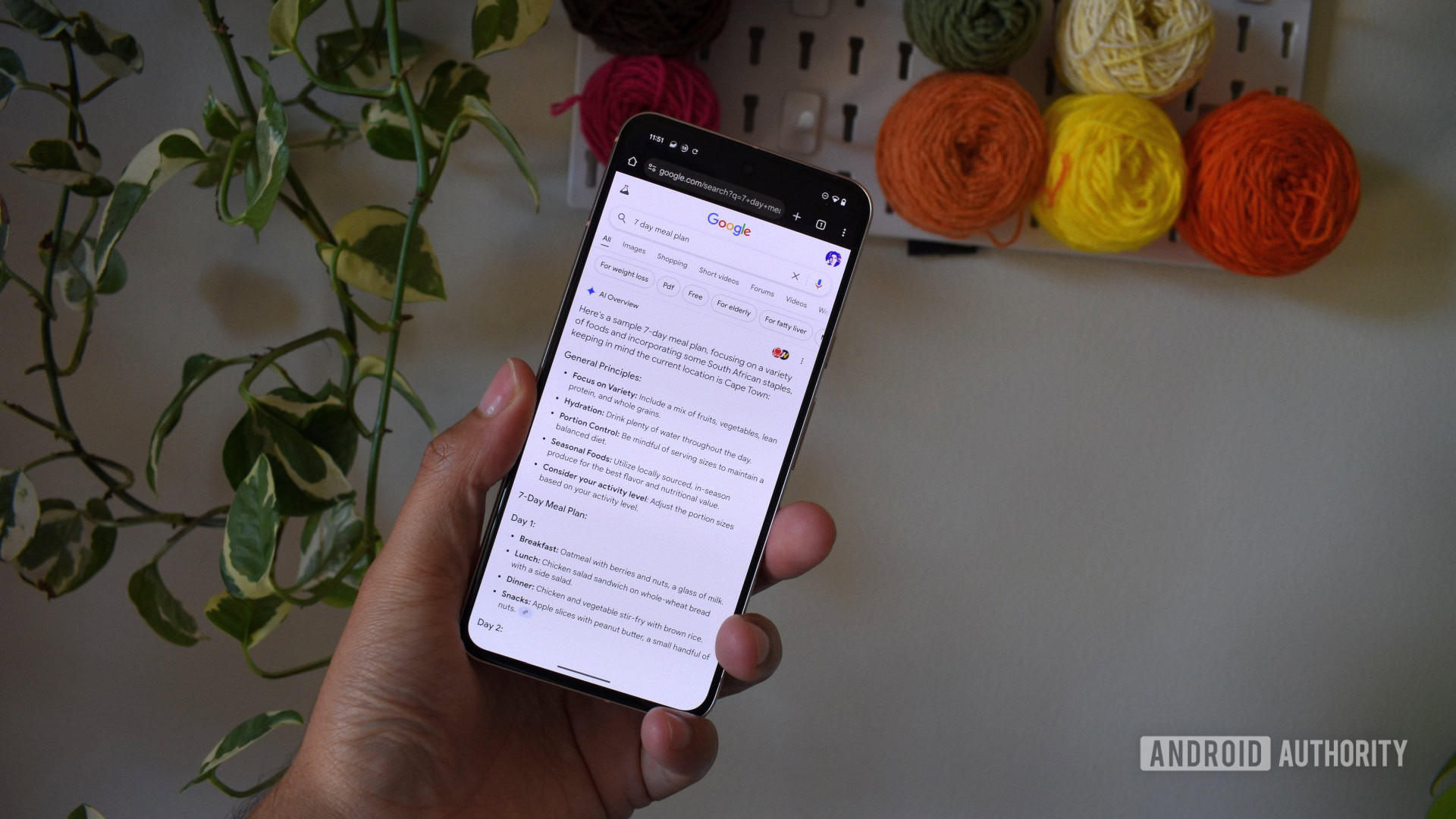
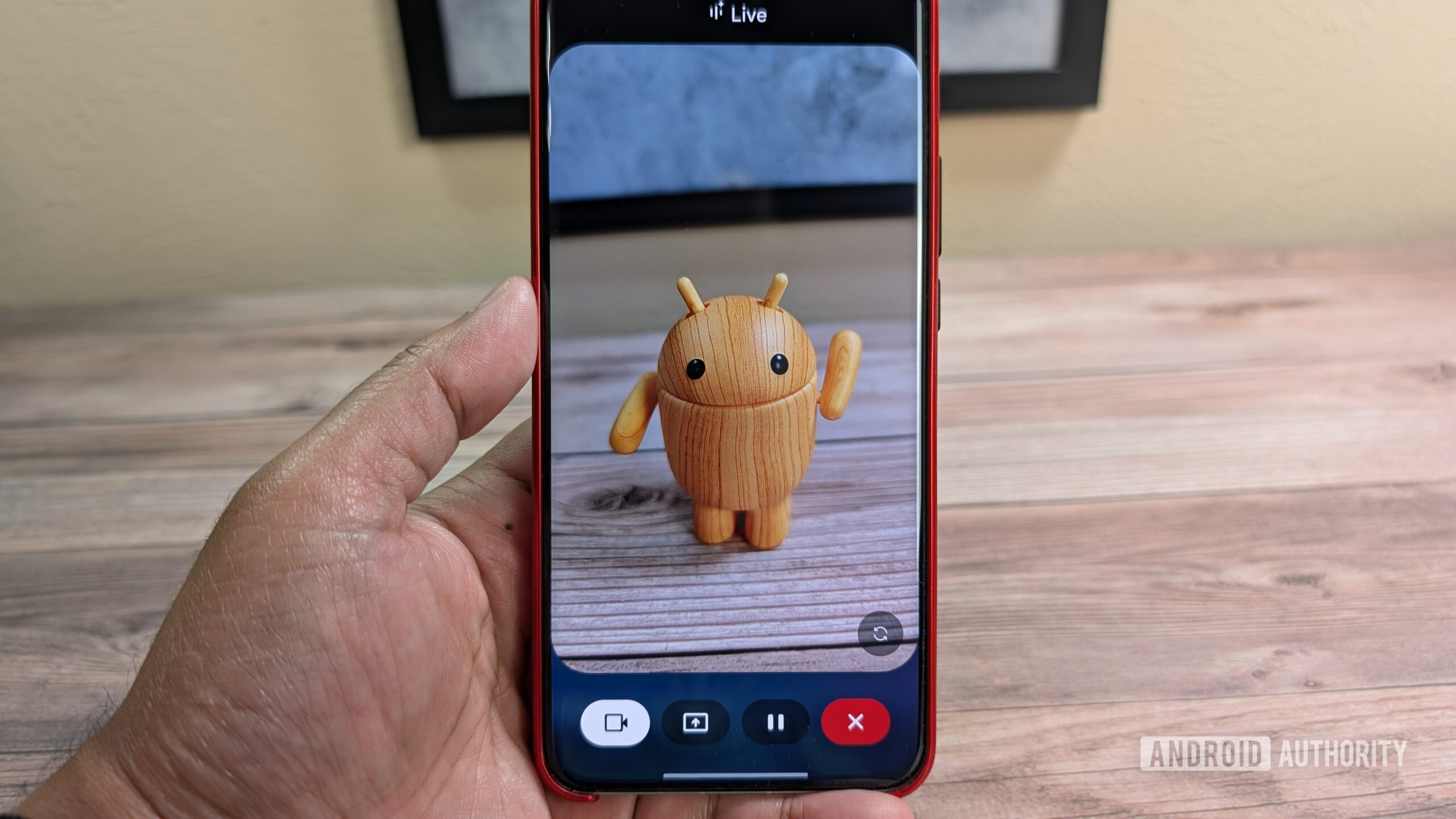
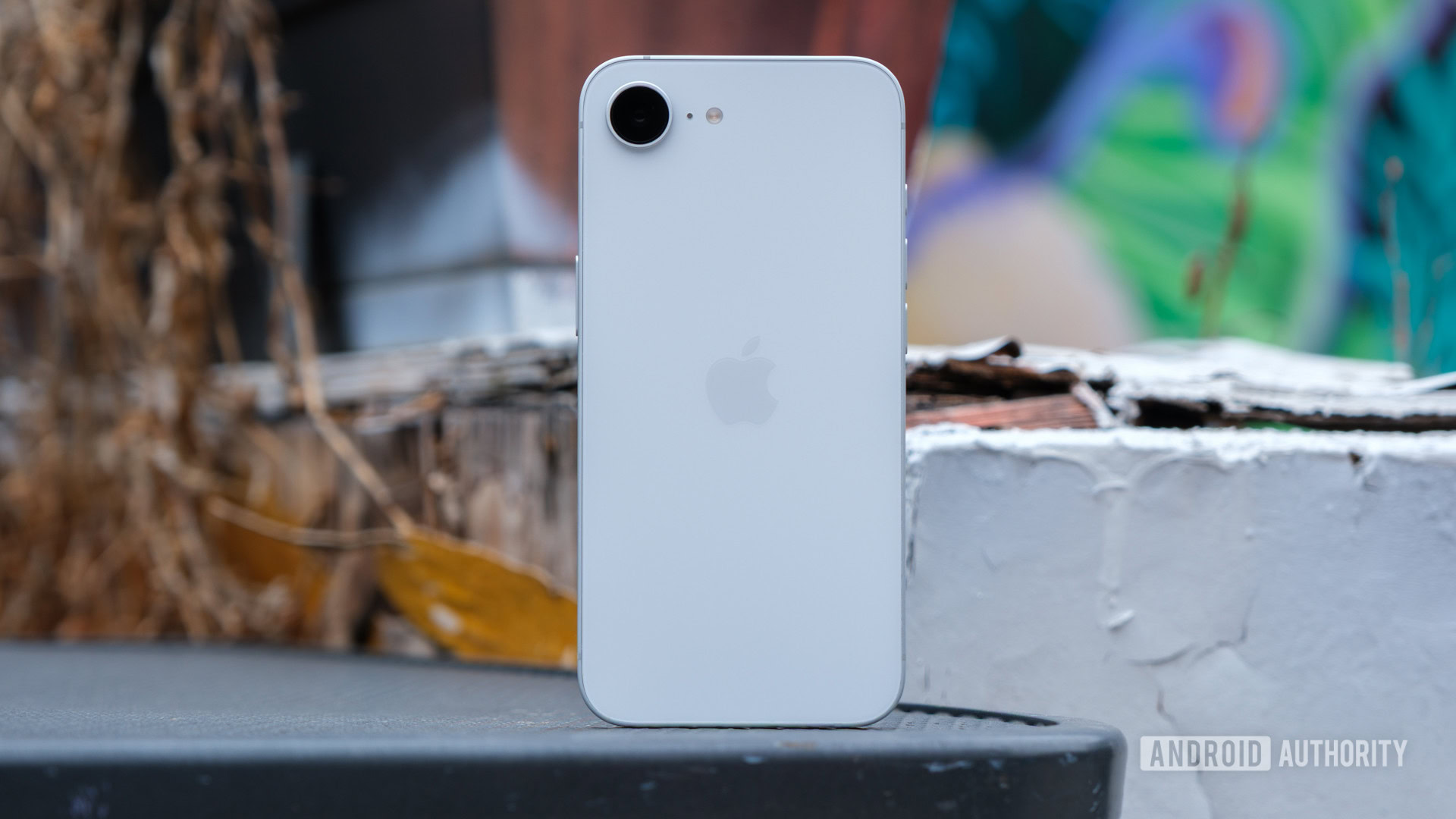
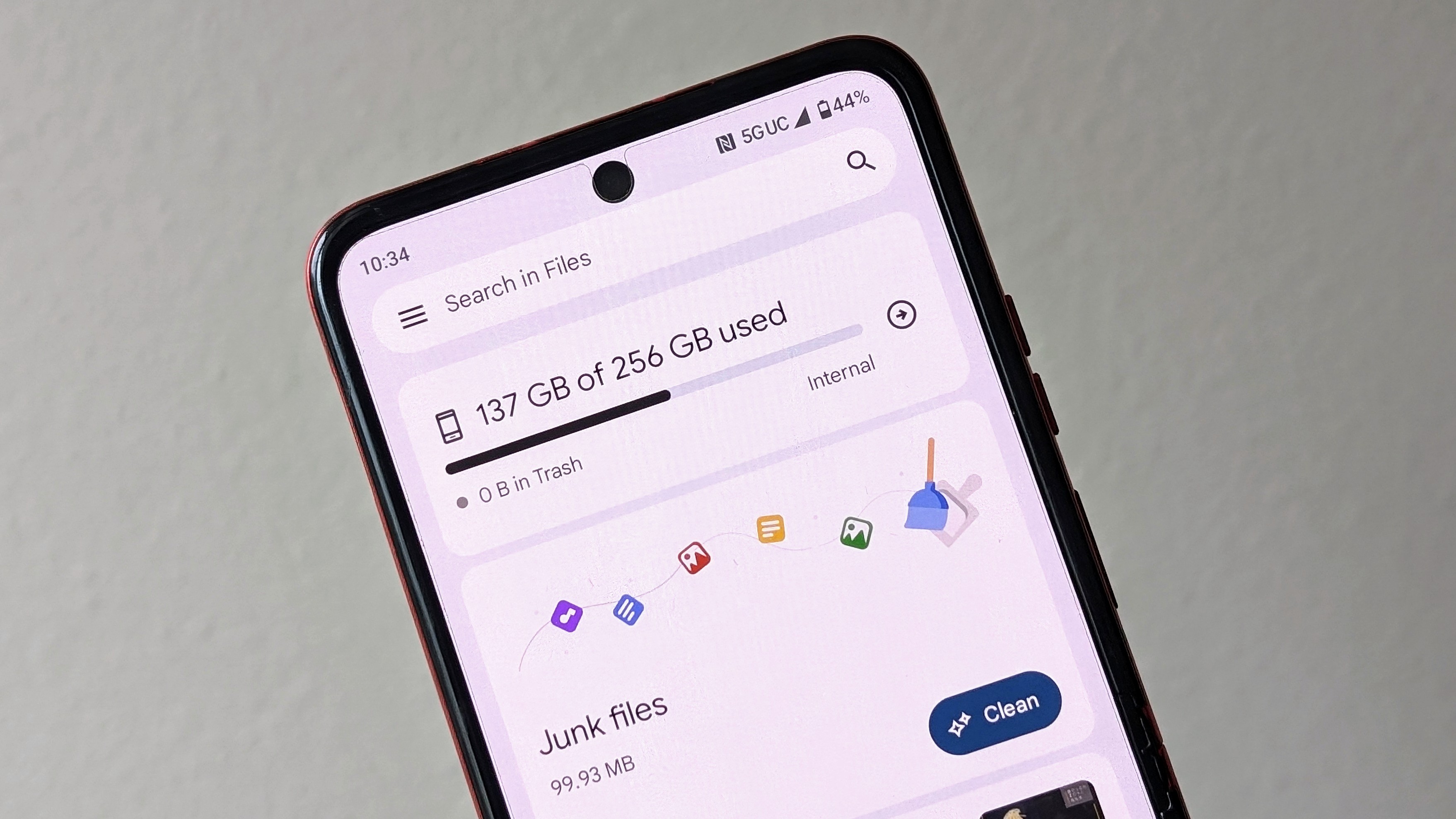

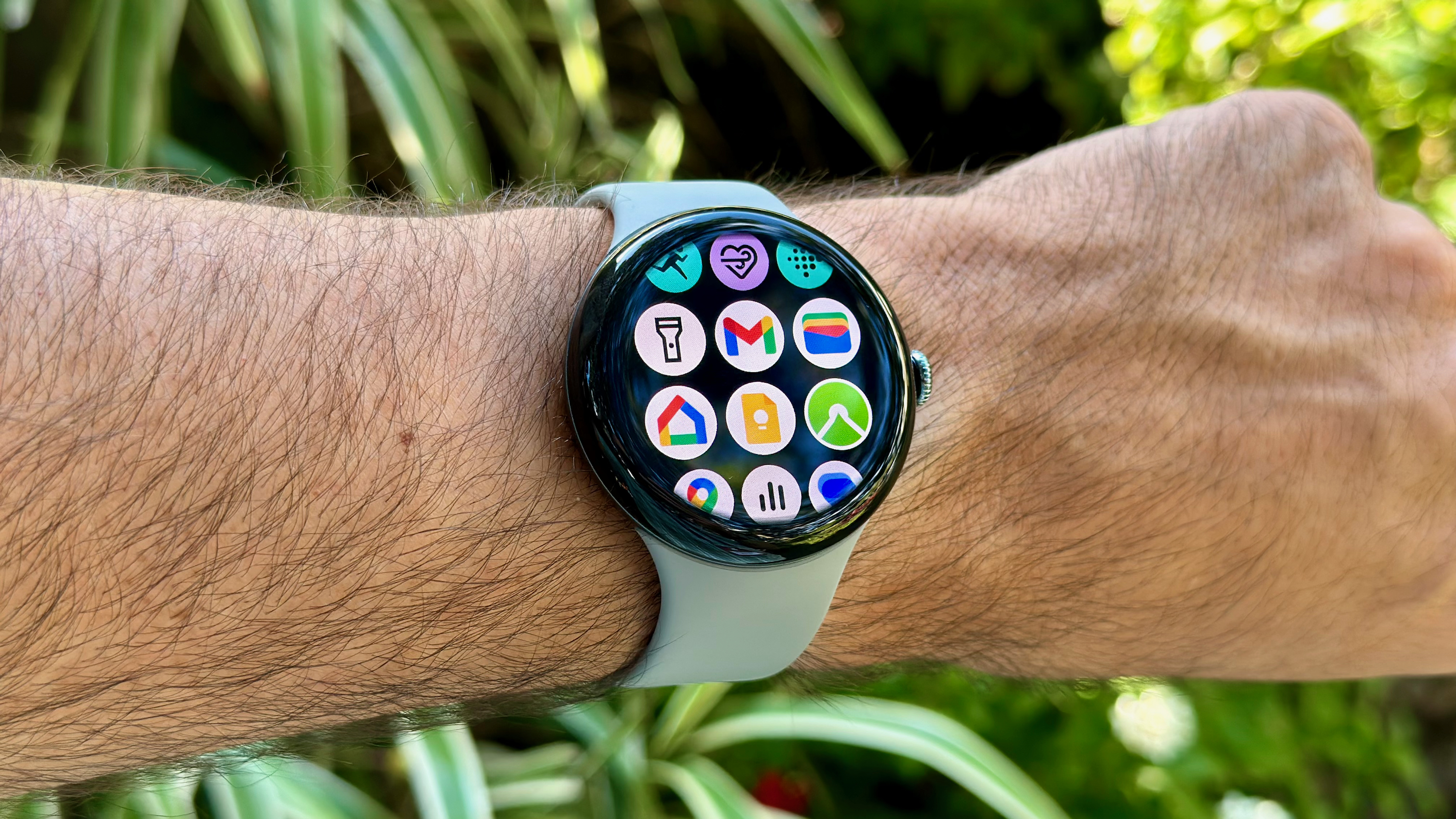




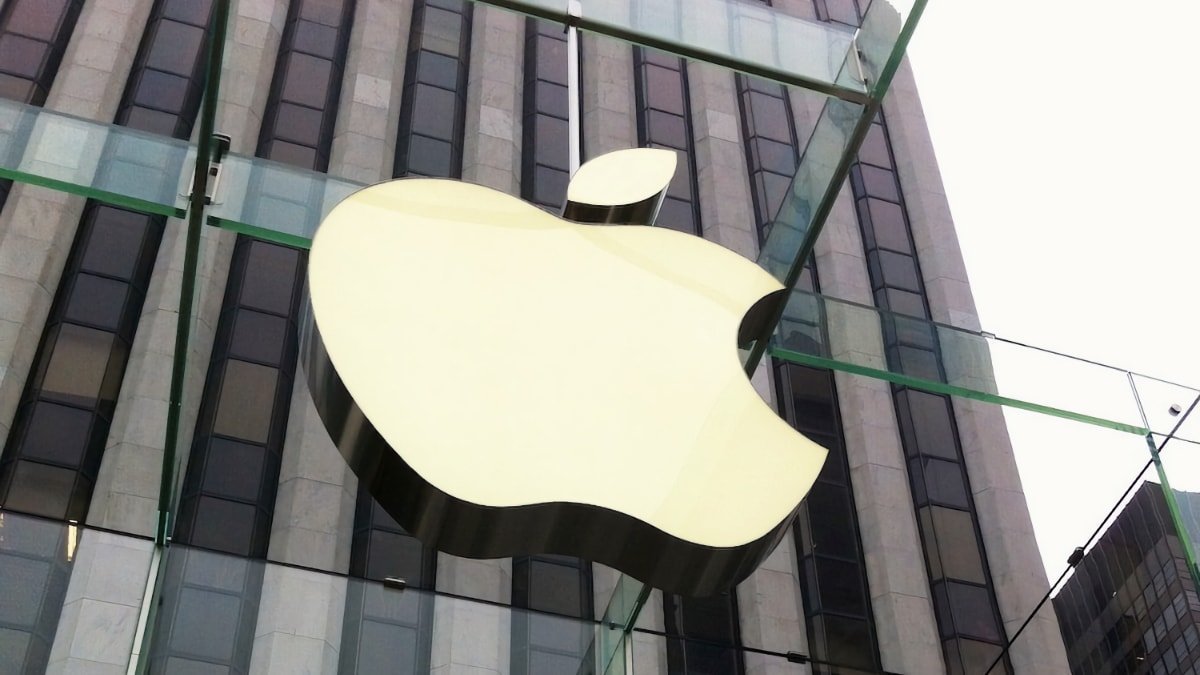




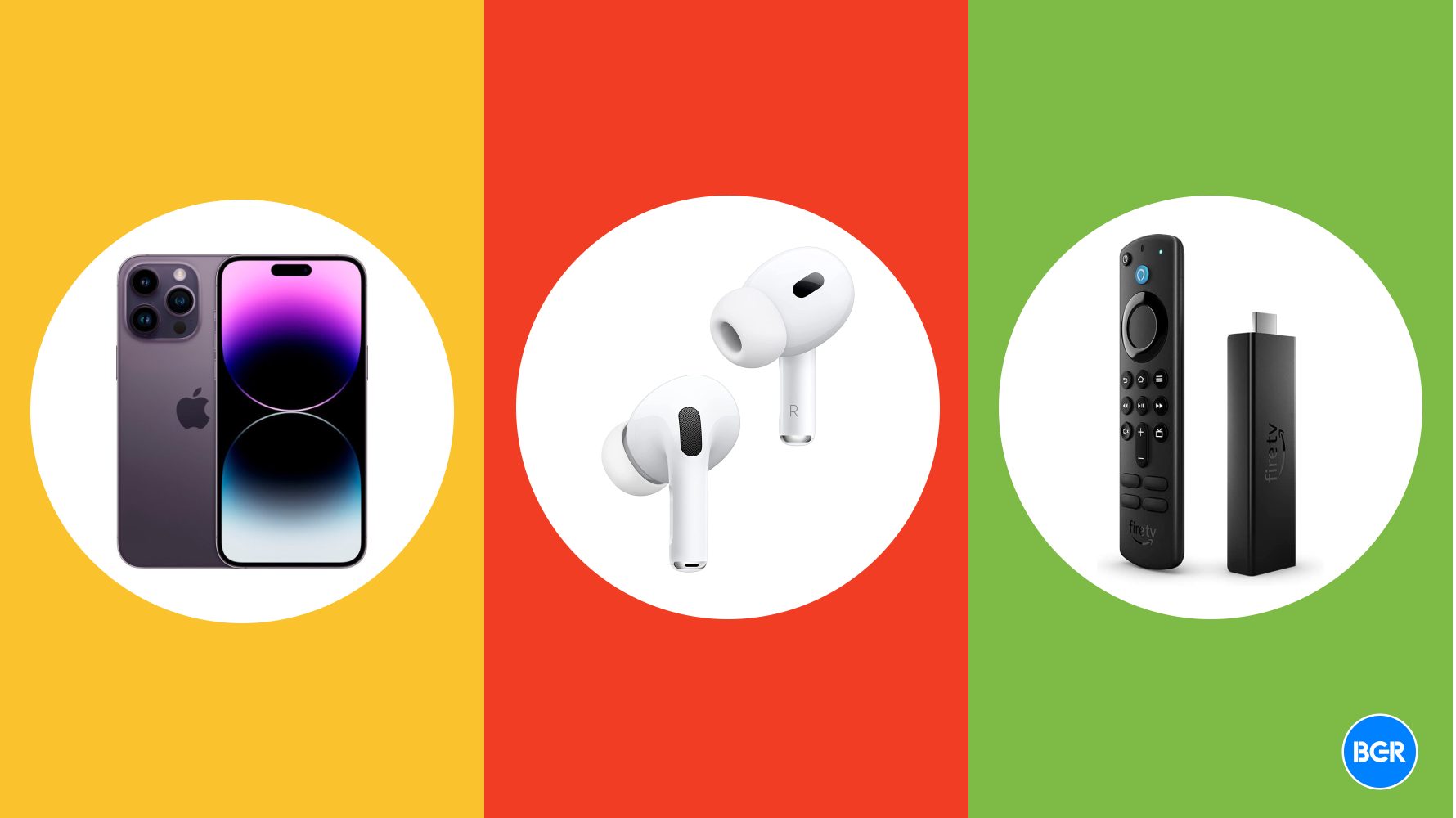


































































.webp?#)
.webp?#)
.webp?#)






























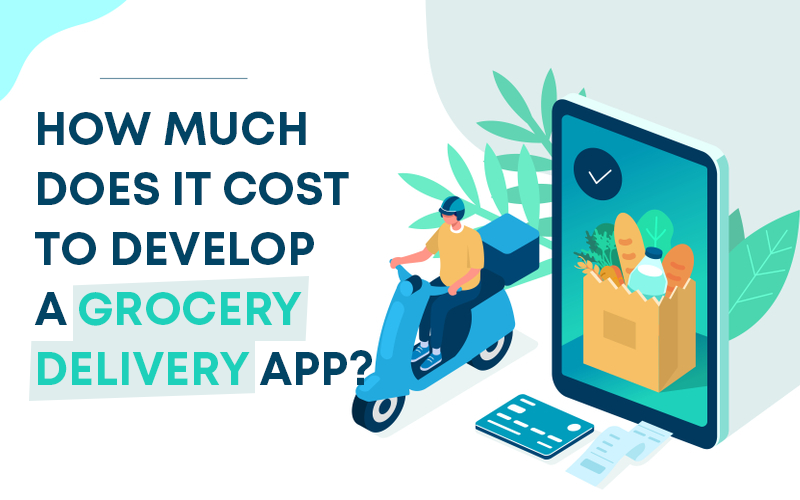














































![[The AI Show Episode 142]: ChatGPT’s New Image Generator, Studio Ghibli Craze and Backlash, Gemini 2.5, OpenAI Academy, 4o Updates, Vibe Marketing & xAI Acquires X](https://www.marketingaiinstitute.com/hubfs/ep%20142%20cover.png)

































































































































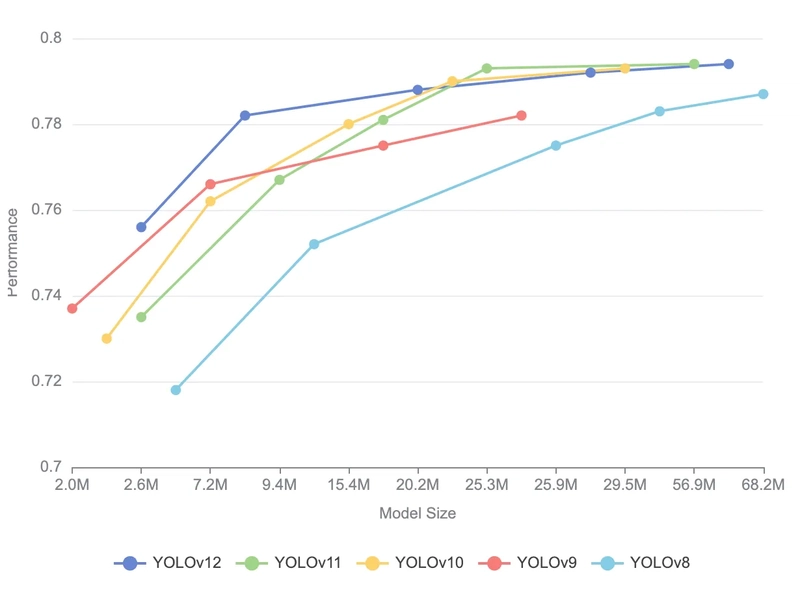
![From drop-out to software architect with Jason Lengstorf [Podcast #167]](https://cdn.hashnode.com/res/hashnode/image/upload/v1743796461357/f3d19cd7-e6f5-4d7c-8bfc-eb974bc8da68.png?#)




![[DEALS] The Premium Learn to Code Certification Bundle (97% off) & Other Deals Up To 98% Off – Offers End Soon!](https://www.javacodegeeks.com/wp-content/uploads/2012/12/jcg-logo.jpg)























-Mario-Kart-World-Hands-On-Preview-Is-It-Good-00-08-36.jpg?width=1920&height=1920&fit=bounds&quality=80&format=jpg&auto=webp#)

(1).jpg?width=1920&height=1920&fit=bounds&quality=80&format=jpg&auto=webp#)








.png?#)


























